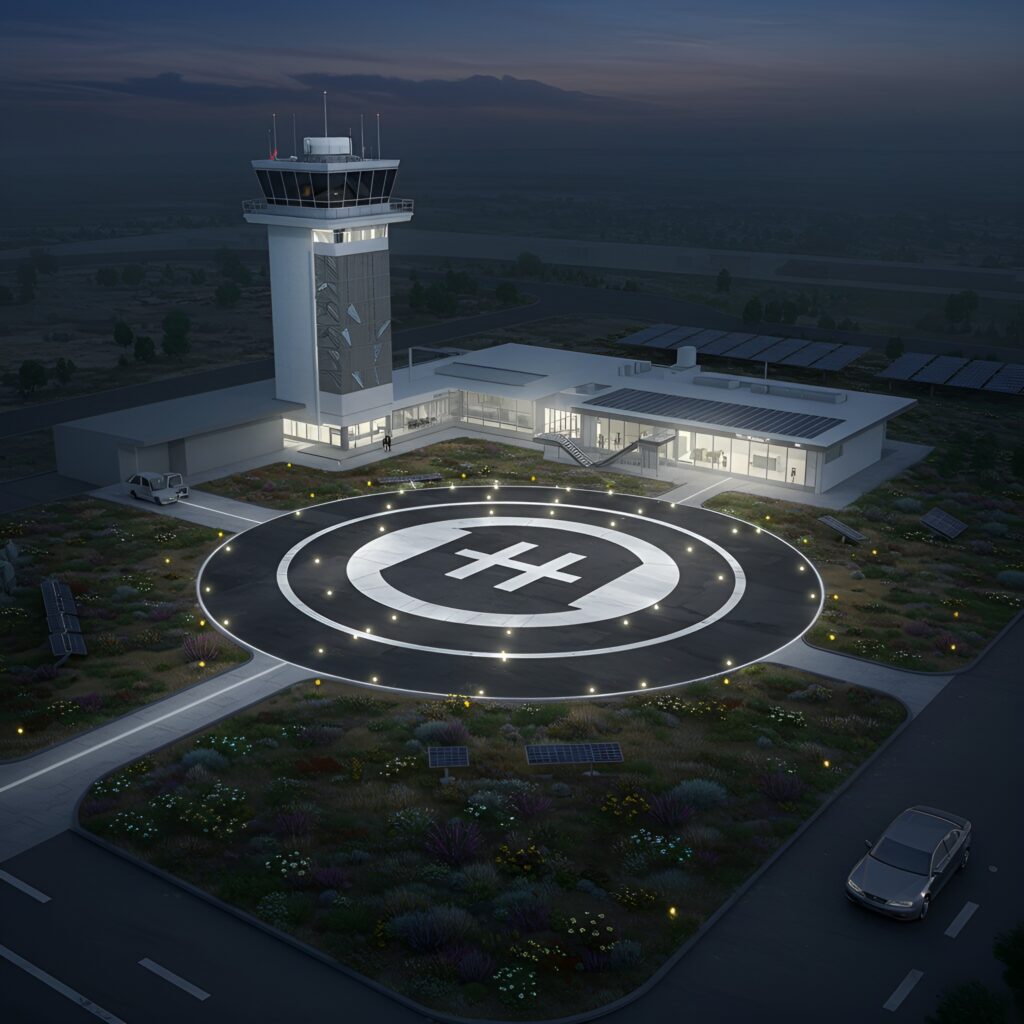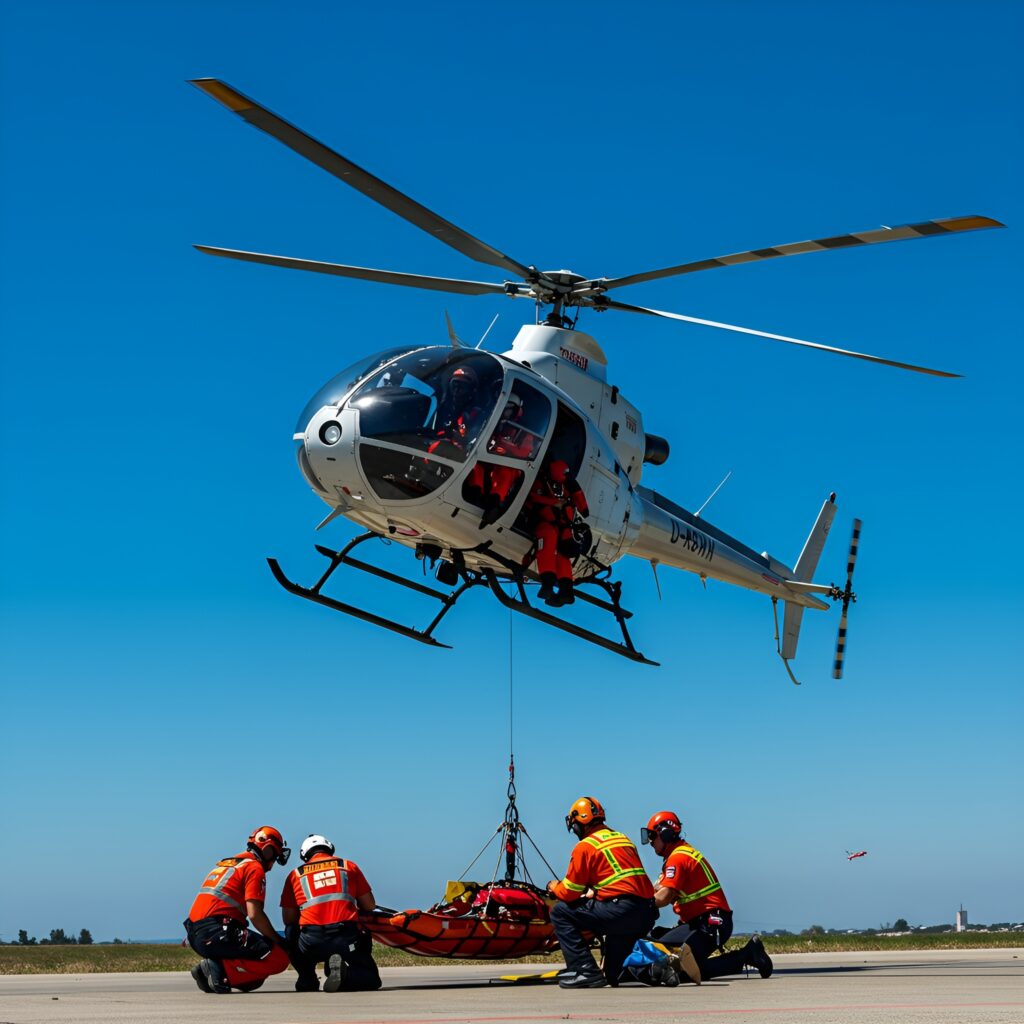

Heliports have undergone a profound transformation from symbols of opulence to critical components of modern transportation infrastructure.
The Origins of Heliports
Initially, heliports were largely ornamental installed on top of luxury hotels, private estates, and high-rise office towers to cater to elite clients. They were used for prestige, offering time-saving travel for CEOs, celebrities, and politicians. However, their functionality was limited to a niche demographic, and regulatory frameworks were sparse.
Expansion of Use Cases
Today, heliports serve a variety of essential functions:
- Emergency Medical Services (EMS): Air ambulances depend on heliports at hospitals and trauma centers for life-saving missions.
- Corporate Travel: In cities with severe congestion, heliports offer efficient transportation for business executives.
- Law Enforcement & Fire Services: Rapid response teams benefit from having strategic aerial access points.
Regulatory & Urban Planning Integration
Cities are now rethinking heliports as part of broader mobility planning. Zoning laws, noise restrictions, and environmental regulations have matured, ensuring that heliports can function efficiently without disrupting communities.
Preparing for the eVTOL Revolution
Electric Vertical Takeoff and Landing (eVTOL) aircraft are shaping the future of aerial mobility. These aircraft promise quieter, cleaner flights and require next-gen heliport infrastructure commonly referred to as vertiports. These sites must accommodate charging stations, passenger lounges, and digital flight control systems.
Heliports are no longer optional; they are becoming a key piece in the urban transportation puzzle.
